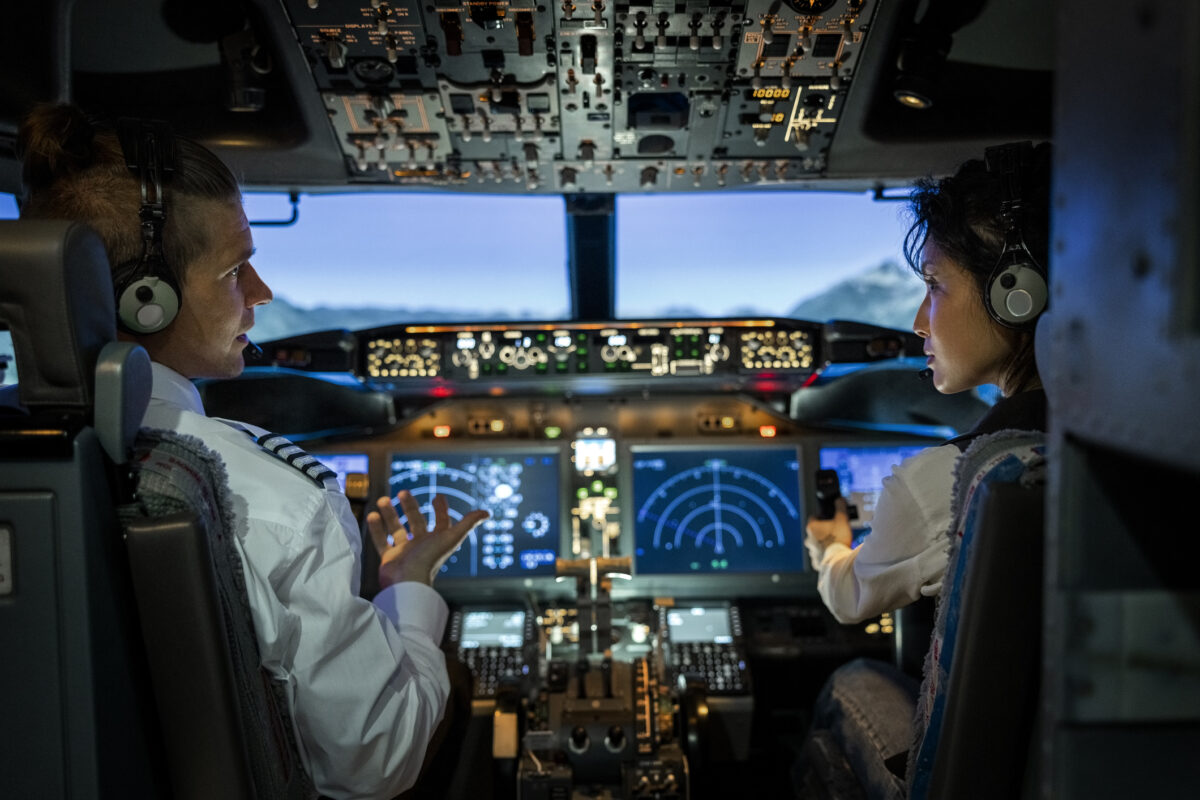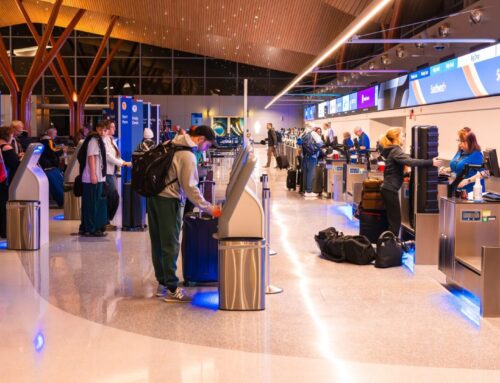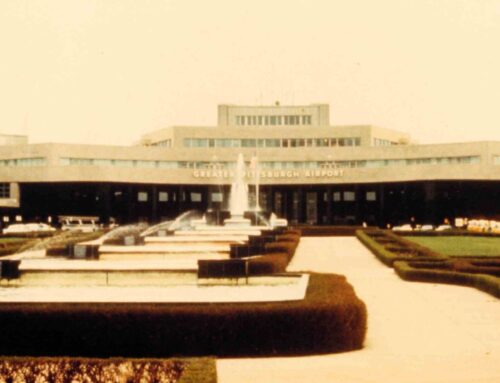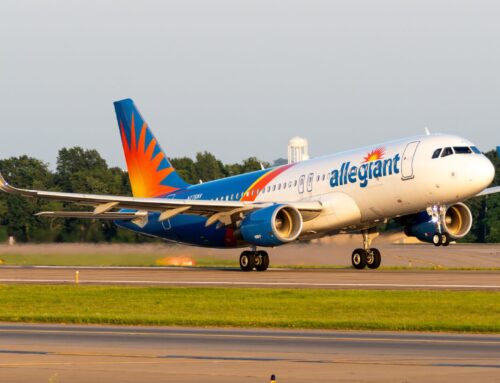Are There Enough Pilots?
Airlines work to train, retain pilots as travel demand surges
By Rick Wills
Published August 28, 2023
Read Time: 2 mins

Airlines are as busy as they’ve been in four years, thanks to rising demand for travel.
Now they just need more pilots.
“There were many early pilot retirements during the pandemic. Airlines made it very attractive. Now they are scrambling to hire new pilots,” said Bijan Vasigh, a professor of economics and finance at Embry-Riddle Aeronautical University in Daytona Beach, Fla.
Replacing pilots does not happen quickly, however. Training for a pilot’s license takes six months to a year. For airline pilots, training takes at least two years and requires 1,500 hours of flight time.
“You don’t just interview people and put them on the job,” Vasigh said.
Regional Airlines Hardest Hit
The pilot shortage is affecting regional airlines the most, especially ones not affiliated with major carriers that fly smaller 50-seat aircraft.
Airlines have had to adjust schedules because of staffing while aggressively hiring to fill gaps.
A number of proposals have been considered, such as raising the retirement age for pilots or reducing the number of flight hours to qualify for certification.
Some airlines, like United, have started to train pilots on their own. And some regional airlines are taking unusual steps.
Pilots at U.S. carriers many times try to build up hours at smaller airlines, then make it to a “forever airline” airline like American, Delta, Southwest or United.
To prevent pilots from jumping ship, Republic Airways, the nation’s largest regional airline, says it will fine new pilots $100,000 if they leave the airline before the end of a 3-year contract. The move is controversial.
“Regional airlines are in a tough situation, and I can appreciate the struggle. Training pilots on jets is a huge investment, in terms of both time and money. You don’t want to spend so many resources training a pilot, only to have them leave six months later and go work for another airline,” Ben Schlappig wrote in his blog One Mile At a Time.
No Shortage, Some Say
Experts disagree on the scope of the problem. Consulting firm Oliver Wyman expects North America to be short nearly 30,000 pilots by 2032. But unions that represent pilots say the shortage is being exaggerated.
“Over the past 10 years, the United States has not only reduced airline passenger fatalities but also produced more than enough pilots to meet airline hiring demand,” said Jason Ambrosi, president of the Air Lines Pilots Association, the world’s large pilots union, which represents 75,000 pilots from 43 airlines.
“This narrative that the United States does not have enough pilots does not reflect reality; rather, it underscores these parties’ real goal: weakening proven safety standards so they can hire less qualified aviators for lower pay and benefits,” Ambrosi said.
Unions oppose making it easier to become a commercial pilot in part because the aviation industry’s personnel shortage gives leverage to pilots and the unions that represent them to negotiate contracts.
United Airlines reached an agreement with their pilots that would increase pay up to 40 percent over four years, a contract valued at $10 billion.
Pilots at American Airlines reached a deal to match the pilot pay rates of their counterparts at United and Delta.






